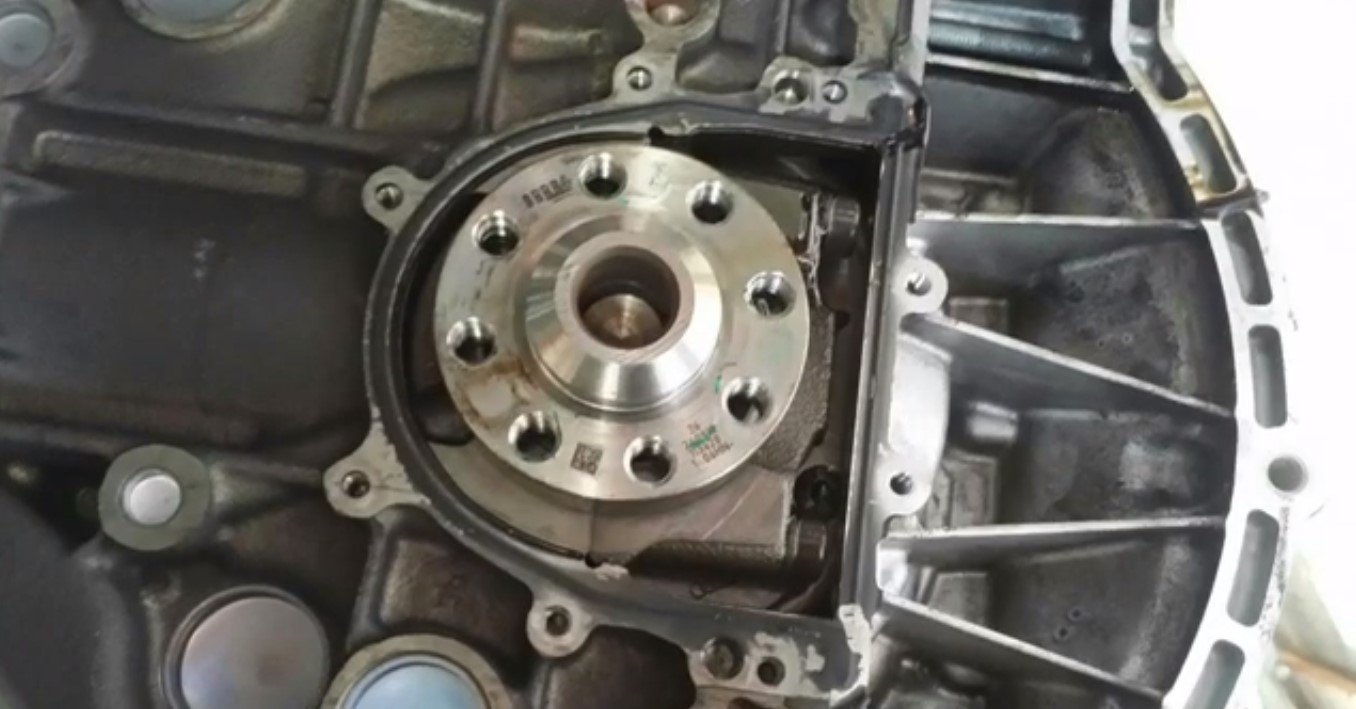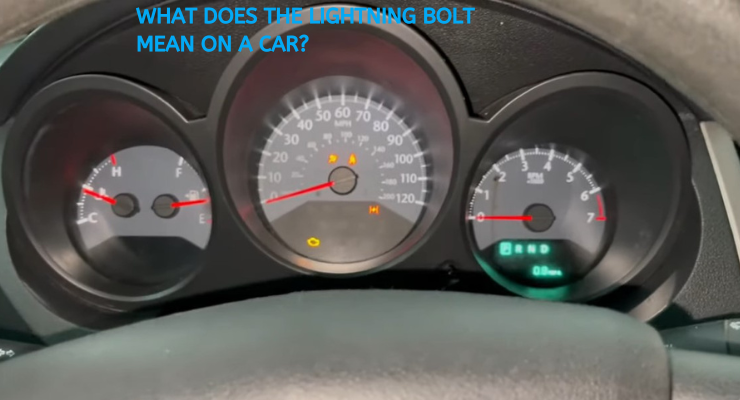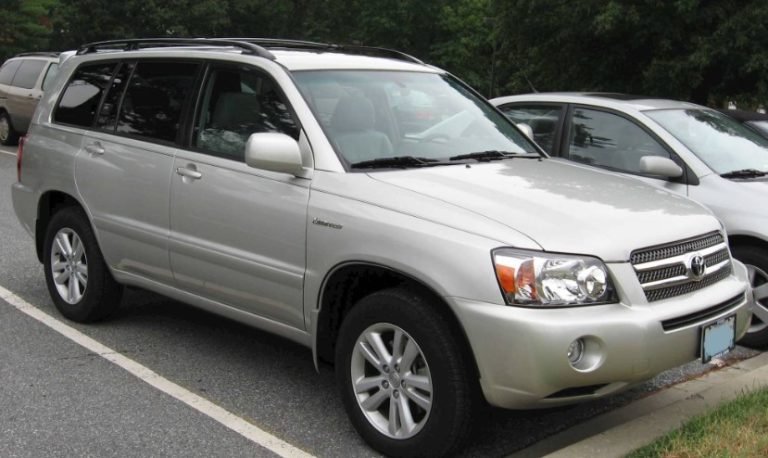How Long Does A Rear Main Seal Last?
The rear main seal is a rubber construction that starts to wear out after a few years and needs prompt replacement. Hence, you must know, “How long does a rear main seal last?” Industry experts and automobile mechanics suggest that the rear main seal will last for 70000 to 150000 miles, depending on your driving style and frequency.
The rear main seal is found at the back of the vehicle engine, preventing engine oil from leaking. If oil leaks from the engine, it might be due to a damaged rear seal. As it happens, you need to replace the seal, which costs around $30 to $100. However, with mechanics cost, the rear seal replacement cost can be $500 to $750 or more.
So, as your premier automobile partner, let’s dive into finding the ins and outs of the engine rear main seal. We will discuss its lifespan, causes of damage, signs, and ways to replace it. You will learn its changing process and maintenance tips, too.
The function of Rear Main Seals:
A rear main seal is essential to maintain the engine health of your vehicle. It seals the gap between the engine block and the crankshaft. The primary function of the seal is to prevent oil leaks from the back of the engine.
As the crankshaft rotates, it generates considerable internal pressure and heat. The heat and pressure create an outbound pressure to the engine oil and force it to spill away. The properly functioning rear main seal stops the oil from escaping even with that high pressure. If the rear seal is damaged, it leads to lubrication issues, reduced engine efficiency, and a potential increase in fuel cost.
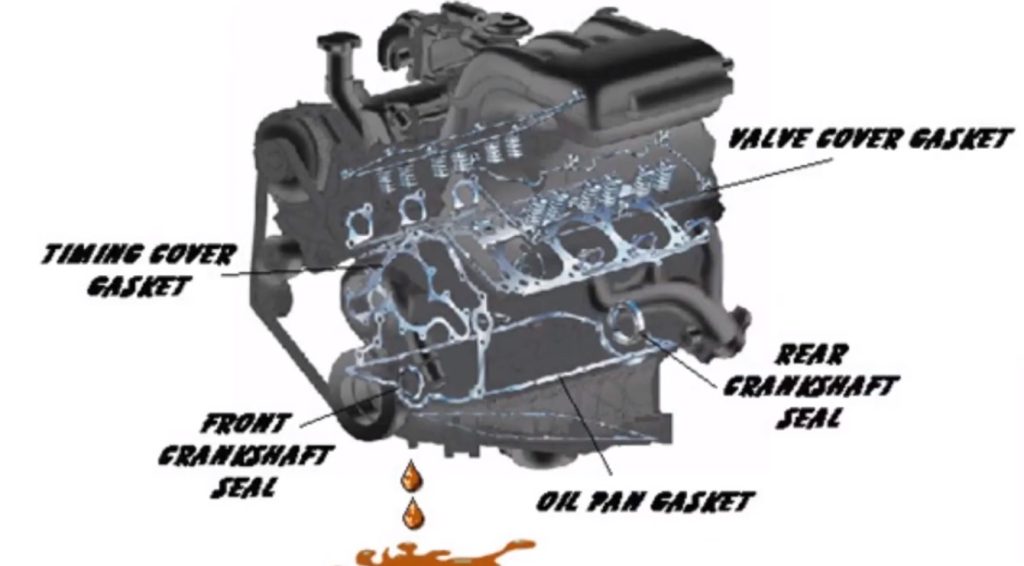
To understand the scenario base, imagine you’re driving the Jeep Wrangler up a steep hill. The engine is working hard at its full capacity to offer you a smooth, uphill driving experience. So, the crankshaft is spinning rapidly with the engine.
Oil could seep out in such moments without a reliable rear main seal. As a result, the engine will experience excessive friction and heat. If the problem persists for days, it might lead to catastrophic engine failure.
Materials and Construction Of Rear Main Seal
Rear main seals in modern-day cars, sedans, and SUVs are mostly made of synthetic rubber or silicone. Automobile manufacturers use rubber and different additives for the rear main seal for their excellent sealing properties. Also, specially engineered rubber is resistant to oil and heat.
Henceforth, these materials withstand the harsh conditions within the engine. The construction of the seal is crucial to its durability.
Modern rear main seals often have multiple layers and reinforcements. The multi-layered design ensures longevity and reliability. Plus, it may have additional reinforcement. For example, some Jeep seals have a metal reinforcement ring. The rings provide extra strength and prevent deformation of the seal under pressure.
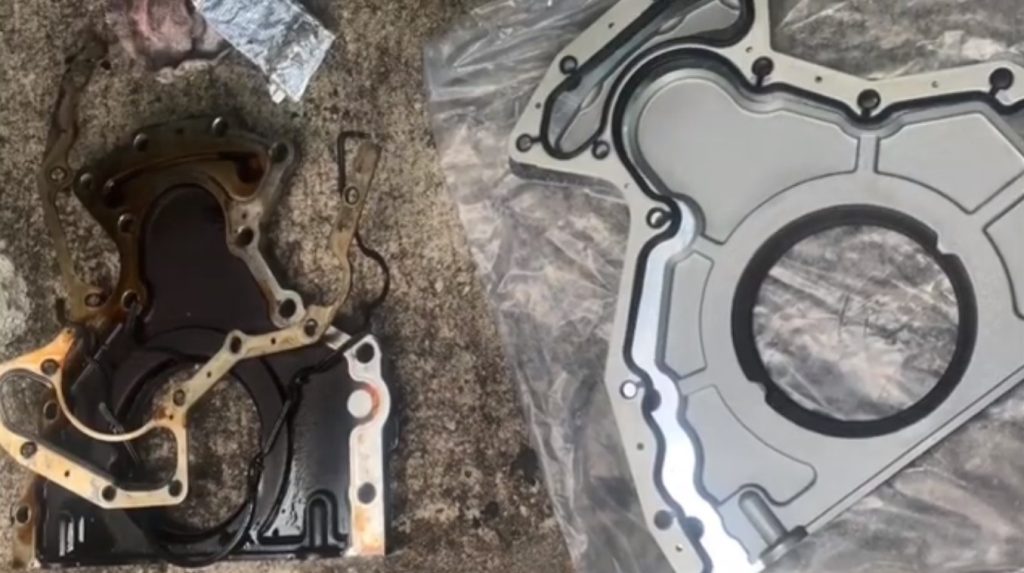
Factors Affecting the Longevity Of the Rear Main Seal
The lifespan of a rear main seal depends mainly on the engine type it has been installed with. Also, it relies on driving conditions and style, proper maintenance, and manufacturing quality.
Engine Type:
Different engines exert varying levels of stress on their rear main seals. So, it directly affects the lifespan of the rear main seal. High-performance engines, such as those found in sports cars, can place more strain on the seal due to increased power output and RPM.
Also, engines with similar or almost identical specs will have similar rear mean seals. Hence, it will last accordingly. For instance, users of the Jeep Wrangler found that in both the V6 3.8 and V6 3.6 engines, the rear main seal lasts for a couple of years.
Driving Conditions:
How you drive a vehicle will significantly impact the rear main seal and its lifespan. Extensive idling, frequent stop-and-go traffic, or heavy towing can stress the seal more. That’s why you will see that trucks used for towing heavy loads experience rear main seal issues earlier than a regular vehicle on the highway.
Also, the rear main seal in SUVs will deteriorate faster because of their use in off-roading. So, you might need to replace their rear seal for 50000 to 80000 miles.
Maintenance Practices:
Just like any automobile component and part, it regularly affects the lifespan of a rear main seal. Many drivers and owners neglect oil changes and fail to maintain proper oil levels. Also, many people use subpar oil and filters. Unfortunately, all these ill-maintenances of the engine can shorten its lifespan. For instance, a neglected oil change schedule can lead to dirty, abrasive oil. It will, thus, accelerate wear on the seal.
Therefore, drivers should always follow the manufacturer’s recommended maintenance schedule. Also, they should use top-grade synthetic oil and filters.
Quality of Manufacturing:
The manufacturing quality of the original and any replacement seals is paramount to its longevity. High-quality seals are precision-engineered and may have metal reinforcement. Henceforth, it will withstand the rigors of engine operation. Conversely, low-quality seals have low-quality rubber and additives. So, it may degrade quickly, leading to oil leaks and damage to other engine components.
Typical Lifespan of a Rear Main Seal: How Long Does A Rear Main Seal Last?
Did you ever ask, “How long does a rear main seal last?” Under normal driving conditions and with proper maintenance, a rear main seal can easily last 70000 to 100000 miles. On the other hand, some say that the engine seal, including the rear one, will last for 50,000 to 100,000 miles.
However, this estimated lifespan of the rear main seal depends on the factors mentioned earlier. As you see, regular maintenance and careful driving can extend its life. It’s not uncommon for the rear main seal to last beyond the 100,000-mile mark for a well-maintained and daily-commuting sedan.
Signs of a Failing Rear Main Seal:
A deteriorating rear main sail will cause fuel loss and engine inefficiency. So, it’s crucial to determine the signs of a damaged seal to fix or replace it ASAP. It is also essential to prevent further engine damage.
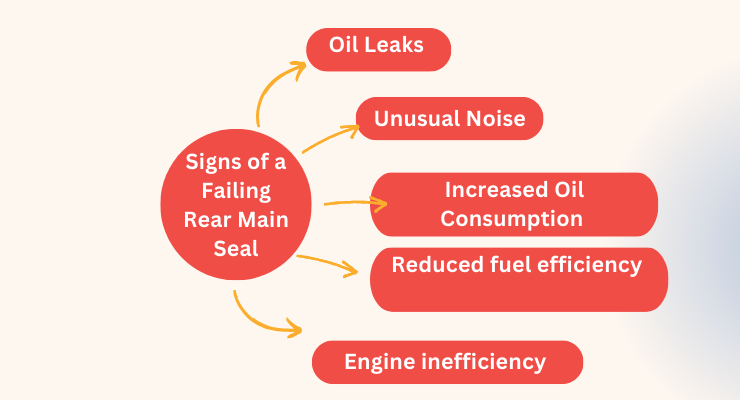
- The most common symptoms include oil leaks near the rear of the engine. So, you will see oil leaking or small puddles under the engine.
- Also, there can be unusual engine noises coming from the engine. The engine noises may often include knocking or tapping sounds. As the leaks get bigger, the noise can become louder.
- Then, there can be increased oil consumption. So, you will find that the engine oil and fuel have ended earlier than the recommended period.
- You will notice oil spots on your driveway and a gradual decline in your engine’s performance, it’s likely that your rear main seal is compromised.
Preventive Maintenance For Rear Main Seal:
The proper maintenance will improve the lifespan of the rear main seal. It will also increase the engine performance with excellent driving experience. Regular maintenance includes oil changes, monitoring oil levels, quality oil use, etc.
- Regular Oil Changes: You must stick to the vehicle’s recommended oil change intervals. The oil change interval is typically 3,000 to 7,500 miles. It depends on the type of oil used and driving conditions.
- Monitor Oil Levels: Check the oil levels regularly with a dipstick. It ensures they are within the recommended range. Maintaining the correct oil level will reduce stress on the seal.
- Avoid Aggressive Driving: Gentle acceleration and braking can further reduce stress on the rear seal. Hence, you should avoid excessive revving and abrupt stops whenever possible.
- Quality Oil and Filters: You must invest in high-quality oil and filters. You should change the oil filter every three to six months. Also, use high-quality engine oil and additives, even if it is slightly expensive.
- Address Leaks Promptly: If you notice any oil leaks or suspect rear main seal issues, address them promptly. When you ignore these issues, it can lead to more extensive and expensive repairs.
Replacement Process of Rear Main Seal:
The job can be complex when the rear main seal gets damaged and needs replacement. You will need to remove the battery of your vehicle engine first. Then, you need to remove the following engine parts one by one:
- Driveshaft and flywheel or flexplate
- The hood of the rear main seal
- Exhaust system
- Seal of the engine crankshaft
This process of replacing the seal does not remove the engine transmission. Sometimes, the seal may be further inside, so you must remove the transmission system first. Removing the driveshaft, hood, and crankshaft seal is complex. Also, it is a labor-intensive task.
Therefore, we recommend not replacing the rear main seal at home or with a DIY project. Instead, you should seek help from an automobile mechanic or center to replace the seal. The cost of replacing the main seal will be around $500 to $750, or can be even more. The cost is so high because of the complex and time-consuming seal replacement process.
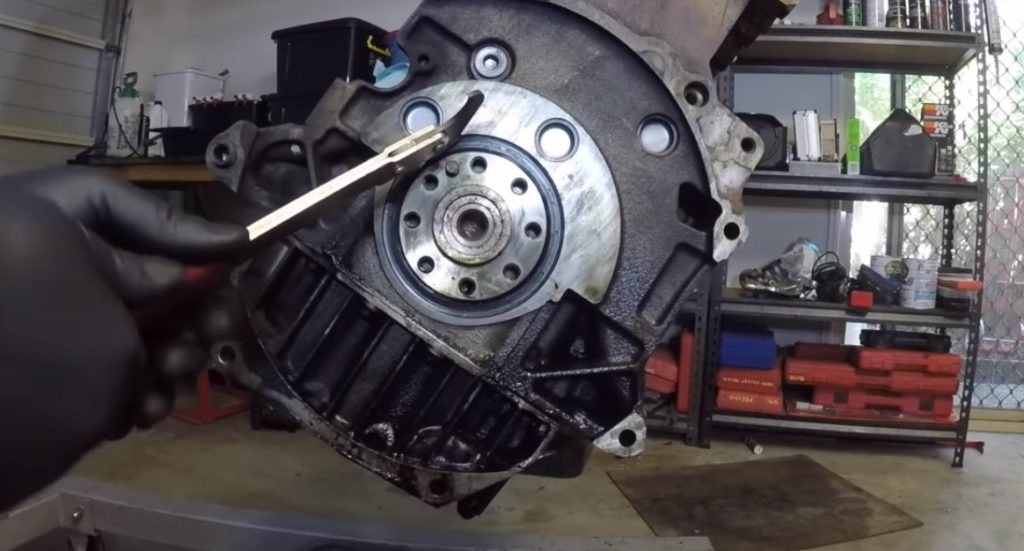
Quality of Replacement Seals:
You must get the best quality seal when you replace the actual seal with an OEM or aftermarket one. So, always seek on from a reputable rubber gasket or rear main seal manufacturer. Inferior seals can lead to premature failure and additional expenses down the road.
You must consider if it is using artificial or natural rubber. Also, does the seal have additives and any metal reinforcement? Typically, metal reinforcement is helpful for rear seals in SUVs and trucks to withstand rigorous towing and off-roading.
Real-Life Experiences:
Many vehicle owners have faced rear main seal issues and can provide valuable insights. We might consider the story of Andy Bees, who owned a well-maintained Silver 2003 Jetta TDI. He used it for going to the office and family outings. He replaced the clutch at around 20000 miles. At that time, the rear main seal was still working fine without any leaks. On the other hand, Jerry and Chris in Wrangler Forum experienced that the rear seal was broken after 50000 miles. At first, they noticed a small oil puddle on the floor, and gradually, the engine generated a rattling noise. So, they needed to replace the seal at around 55000 miles.
Manufacturer Recommendations:
Manufacturers often provide guidelines on when to inspect and replace the rear main seal. In most cases, manufacturers such as Jeep, Volkswagen and service centers such as Fel-Pro suggest replacing the rear main seal at around 100000 to 120000 miles for better performance.
You can check the owner manual for the suggestive rear seal replacement schedule and visit the service center. They will check and suggest if the seal needs replacement. Typically, the seal will last for 2 to 3 years with ease.
Environmental Factors And Its Impact on Rear Main Seal
External factors can also impact a rear main seal’s lifespan. Living in an area with extreme heat and temperature might reduce the seal’s lifespan due to increased outdoor heat. Also, temperature variations from scorching summers to freezing winters will impact the longevity of the engine seal.
The extreme temperature changes can cause the seal material to expand and contract more frequently. It will accelerate wear and tear. Additionally, contaminants can infiltrate the seal if drivers often drive on dusty, bumpy, and gravel roads. Naturally, it will further reduce the longevity of the rear main seal in vehicles.
Expert Opinions:
Industry experts such as Tim Miller of Book My Garage emphasize routine maintenance and using high-quality replacement seals. He suggested using thicker engine oil and additives to prolong the lifespan of the engine seal.
You might get the BlueDevil’s Rear Main Sealer at around $15 and apply it on the rubber gasket and seals to fix them temporarily. It’s a great fix, especially for older vehicles.
Final Thoughts:
How long does a rear main seal last? The lifespan of a rear main seal widely ranges from 70,000 to 150,000 miles under usual driving conditions. The rear main seal’s lifespan depends on the engine type, driving condition, frequency, and use of suitable additives and oils.
Since the rear main seal replacement is costly, you can use thicker engine oil and additives to enhance lifespan. It will allow you a few more months to drive cars with the older seal, and after that, you can take it to a service center to get a complete rear main seal replacement.

